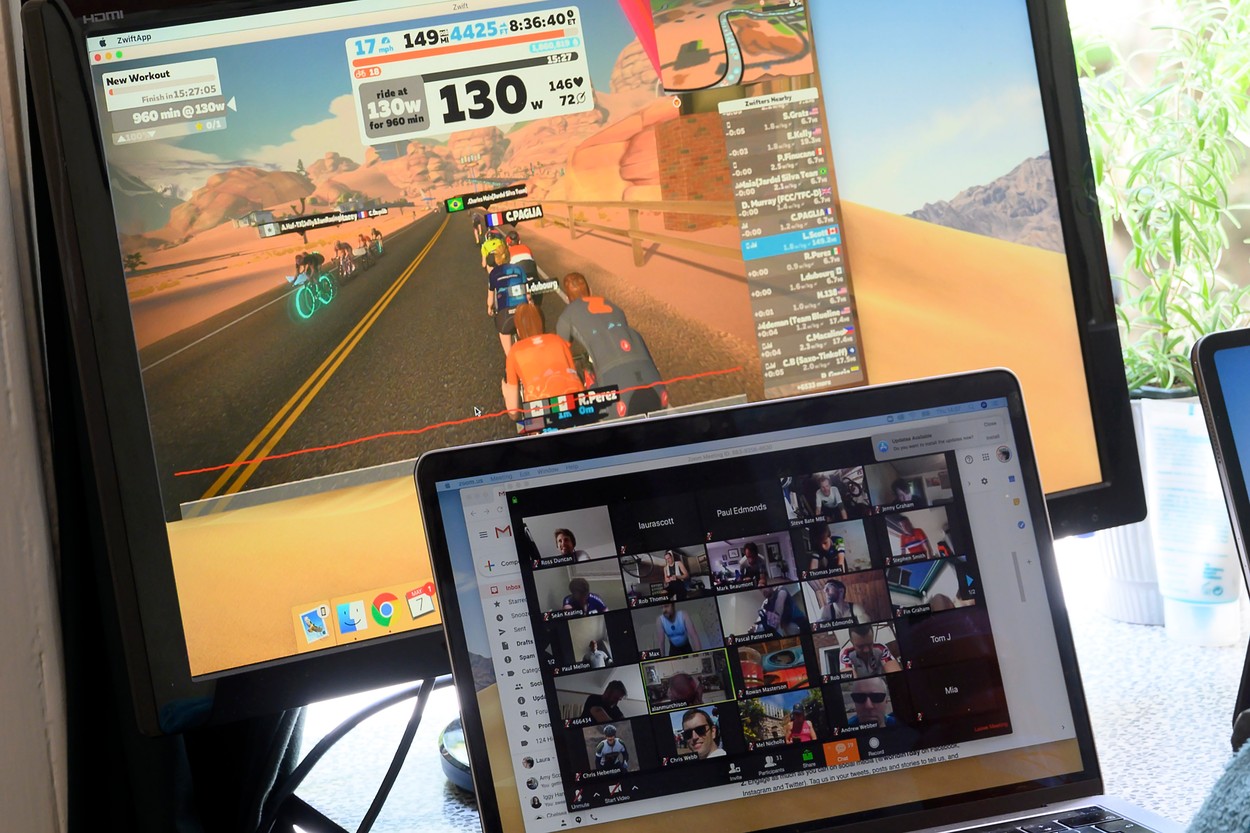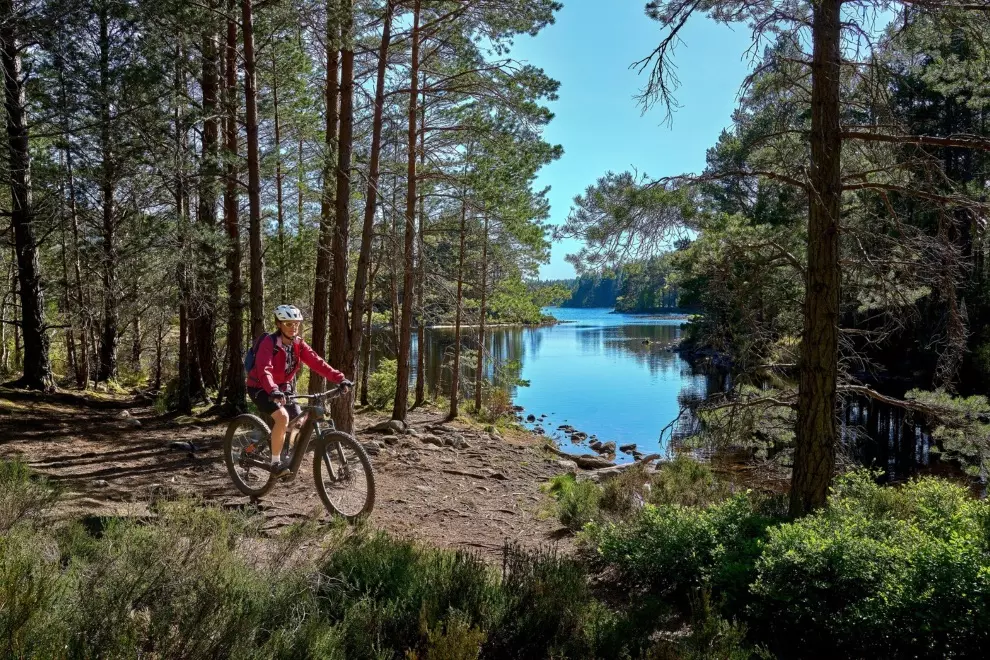Shorten your rides
Simply put, less time is required for indoor workouts than riding outdoors. Why is that? Well, riding on an indoor trainer can actually be a lot harder. Not because the pedal stroke or the level of resistance is different, but mostly due to the simple fact that one hour on an indoor trainer equals one hour of pure pedalling. You even have to keep at it when going downhill; there is no downtime.
Outdoors is very different, you usually spend 10-15 % of your time coasting at 0 watts just because of traffic and descents. Let’s not forget about the time the vast majority of us spend at stop signs, intersections, and other unexpected events along the way too. That’s why indoor training sessions are almost always more intense and more efficient.
A two-hour ride outdoors is equivalent to 1.5 hours indoors, or even less. And if you need a longer time in the saddle when riding indoors, make it two 1.5-hour sessions, not a three-hour one. The mental strain that comes with indoor training could get to you, lower your focus and motivation, if you do too much at once. This is true for even the most experienced rider.
Entertain yourself
Mental burnout is a very real thing when it comes to indoor cycling workouts. Thankfully, we live in a time of endless entertainment choices so you never have to stare at a blank wall again. If you haven’t already, sign-up for an indoor cycling app like Rouvy, TrainerRoad, Sufferfest, Zwift, or FulGaz to keep you motivated. Some of them utilise augmented reality so you feel like you are actually riding outside, and others offer a more gaming experience in virtual worlds.
Each one offers the chance to participate in organised rides or compete in events and races. If you prefer to build fitness with high intensity intervals or follow the latest training plans, you can do that too. It’s like having a private coach at your disposition.
Crank up the tunes or catch up on your favourite videos and series on YouTube, Netflix, or Amazon Prime Video; anything you consider fun should be a part of your indoor pain cave setup. If you are lucky and you have friends who are similarly inclined, organising an indoor group ride could be the best form of entertainment. If you have the space for all those bikes, rollers and turbo trainers, great. If you don’t, make it easy for everyone to participate and set it up virtually.
Follow an online cycling workout
If apps aren’t your thing, a good spinning class at your local gym can be an option too, but it might be hard to pinpoint one that provides the intensity and duration you want from an indoor training session. Luckily for us, a major player in the cycling industry has created a dedicated YouTube channel where you can find a palette of indoor structured workouts and session lengths to fit your schedule during the winter months.
This is a great option if you have a goal event coming up and need a bit of a push to train in those high intensity intervals to improve your base fitness and performance. Choose between a variety of times and levels and training zones; there is something for everyone. The beauty of it is that you can follow along in the comfort of your home, no gym or app membership required.
Be OK with a lower power output
It is almost impossible to produce the same power on an indoor trainer or smart bike as on the road. One theory says that it’s because on a stationary turbo or smart trainer, the bike doesn’t move from side to side so there is little upper body engagement. Another argument says it’s because the inertia load indoors is different than outdoors. Pedalling is made up of micro accelerations with each stroke and the resistance unit on an indoor trainer typically decelerates faster than the road.

But whatever the real reason is, it’s best if you go into indoor training knowing you should expect a lower power output than you are used to from the road. You can even do some threshold power testing to see what difference to expect. It’s a good idea to test your indoor power every 2-3 weeks in the beginning to better adjust your training plan to your real watt numbers.
There’s one more thing that just has to be mentioned when talking about indoor training and that’s hot air. The fresh air and an outdoor breeze are great at cooling you down most of the year, but indoors, there’s none. So, unless you want to make it a very sweaty ride, install a fan to blow air at you while you are working hard, the increase in comfort will be noticeable! The last article in this series will be about these kinds of support systems that make winter training more bearable and perhaps even enjoyable.









